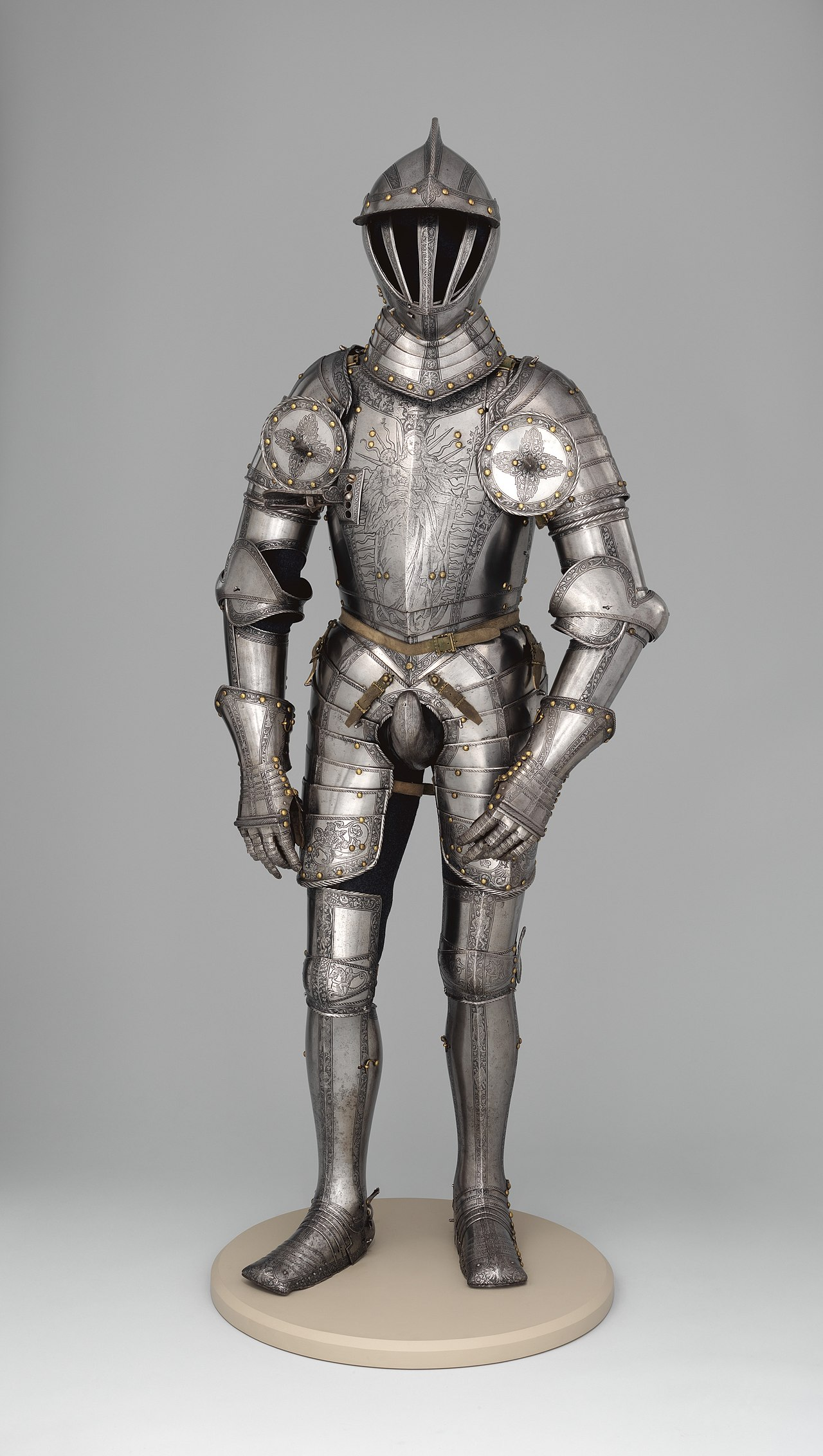
We need to save and remember this moment. The assholes are already rewriting history as we speak.

We need to save and remember this moment. The assholes are already rewriting history as we speak.
Lex Luthor literally becomes president in many versions of the Superman cartoons.
The idea of a rich billionaire with a narcissist Messiah complex with a bone to pick with heroes and actual helpful people that becomes popular and eventually the US President is practically a trope. Apparently this generation has forgotten the message.
Because Threads and BlueSky form effective competition with Twitter.
Also, short form content with just a few sentences per post sucks. It's become obvious. That Twitter was mostly algorithm hype and FOMO.
Mastodon tries to be healthier but I'm not convinced that microblogs in general are that useful, especially to a techie audience who knows RSS and other publishing formats.
I raise you Emperor Ferdinand I Armor, specifically it's Codpiece.

I'm just saying. Sexualized armor is very historical.
Lemmy, the social network, started off as a leftist hangout spot.
From the perspective of "Open Source developers who are anti-Reddit pro-Fediverse", it makes a lot of sense for Leftist/Communist and anti-corporation leaning people to hang out.
After all, the more extreme the viewpoint, the more driven to action (ie: write tens-of-thousands of lines of code and release for free) people get. In some regards, its the nature of Open Source + volunteer effort to attract a more extreme ideology. IE: Free Software is driven by ideology, not by money. So you get ideological people, especially when the software is small and niche.
The July 2023 Reddit Blackout was a big challenge for Lemmy's old community and the new community, as the new community basically "invaded" a large scale leftist hangout spot. But hopefully we all learn to work together and the nature of our neighbors moving forward.
I think anyone here (likely everyone?) is at least on the anti-corporate anti-Reddit side of the discussion. Which is enough of an alliance to keep us together, for now.
It does mean that we'll have to keep up with the far-left old-timers on this network who wish to push their viewpoints. But they are the legacy and the start of Lemmy in some respects, even as the hypergrowth (starting in July 2023) has moderated the community pretty severely.
The problem wasn't the glass.
The problem was using wtf touchscreen controls to shift between drive and reverse. Mrs. Chao confused the two then died.
Shitty UI kills another person. Tesla fucking up basic UI design is the real villain here.
Eggs aren't fertilized and thus aren't embryos tho.
AirBnB is just as corporate and lobbyist bullshit as any other company. Arguably worse, in that AirBNB breaks the laws and then tries to get laws changed.
Hotel chains at least try to lobby to change the laws before breaking the rules.
Not that I'm familiar with Rust at all, but... perhaps we need to talk about this.
The only thing that could have prevented this is better moderation tools. And while a lot of the instance admins have been asking for this, it doesn’t seem to be on the developers roadmap for the time being. There are just two full-time developers on this project and they seem to have other priorities. No offense to them but it doesn’t inspire much faith for the future of Lemmy.
Lets be productive. What exactly are the moderation features needed, and what would be easiest to implement into the Lemmy source code? Are you talking about a mass-ban of users from specific instances? A ban of new accounts from instances? Like, what moderation tool exactly is needed here?
Mark Hamill showing how he's such a Joker.
What bothers me about this is that the administrators at sh.itjust.works, beehaw.org, and lemmy.world are all being adults about this.
While this Reddit-like stampede is already trying to create an us-vs-them environment.
It's fine. The adults are adulting. Maybe a bit of Reddit deprogramming is all that is needed for people to become more reasonable.
They became the Government and are using their power to mass fire everyone to get rid of the Deep State.
Why do you think MAGA is so willing and ready to fire huge swaths of the US Government?